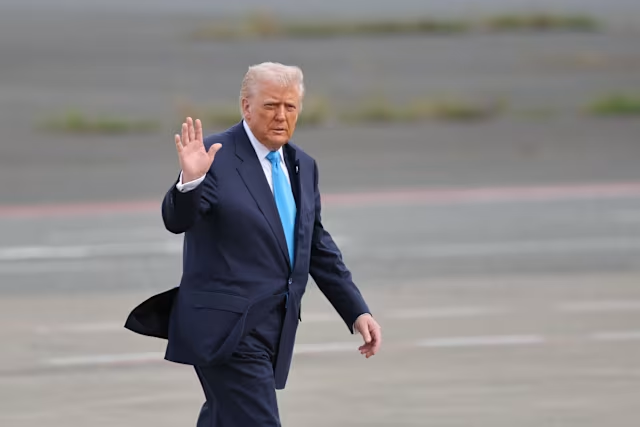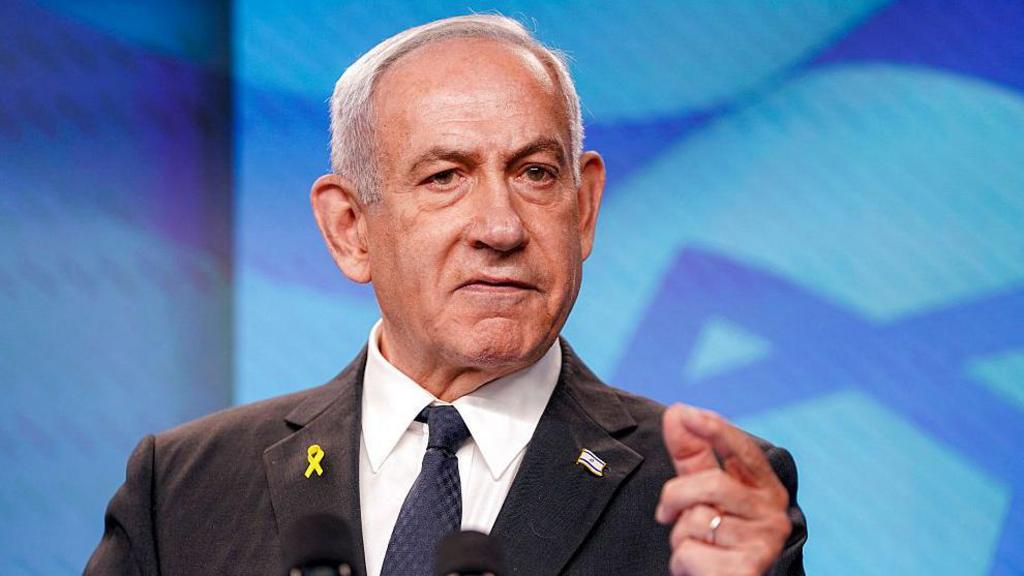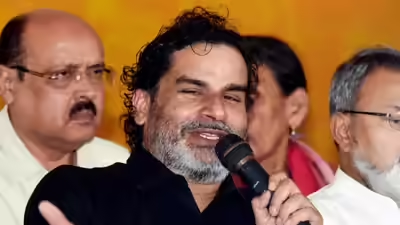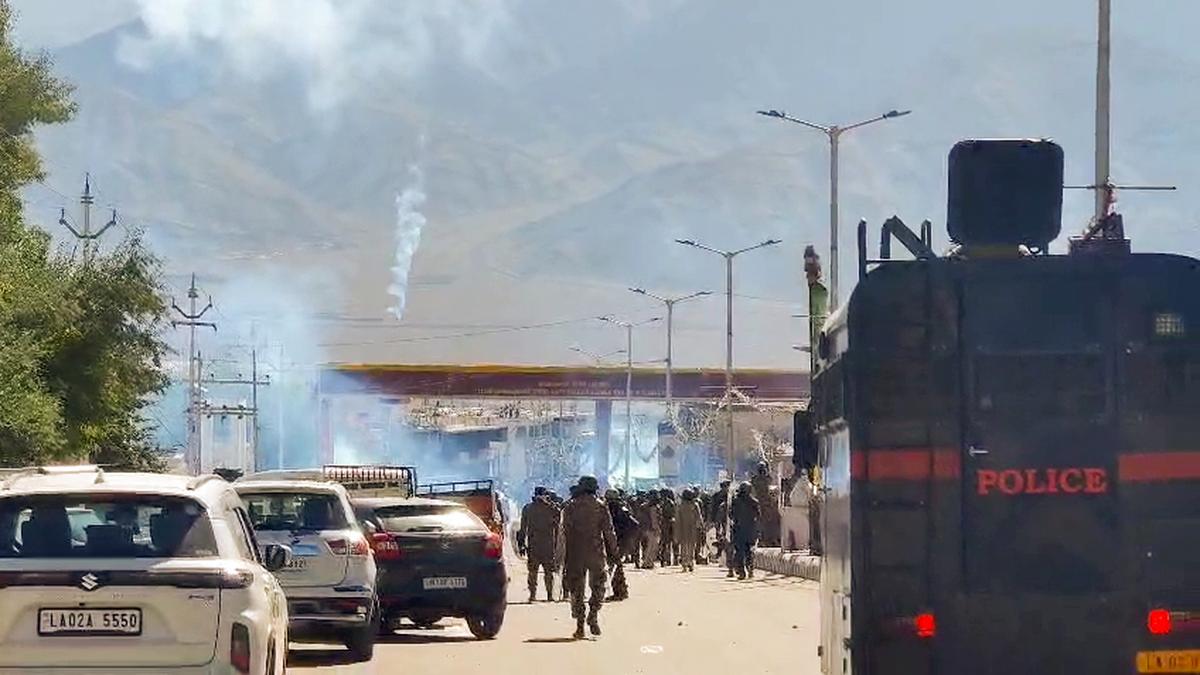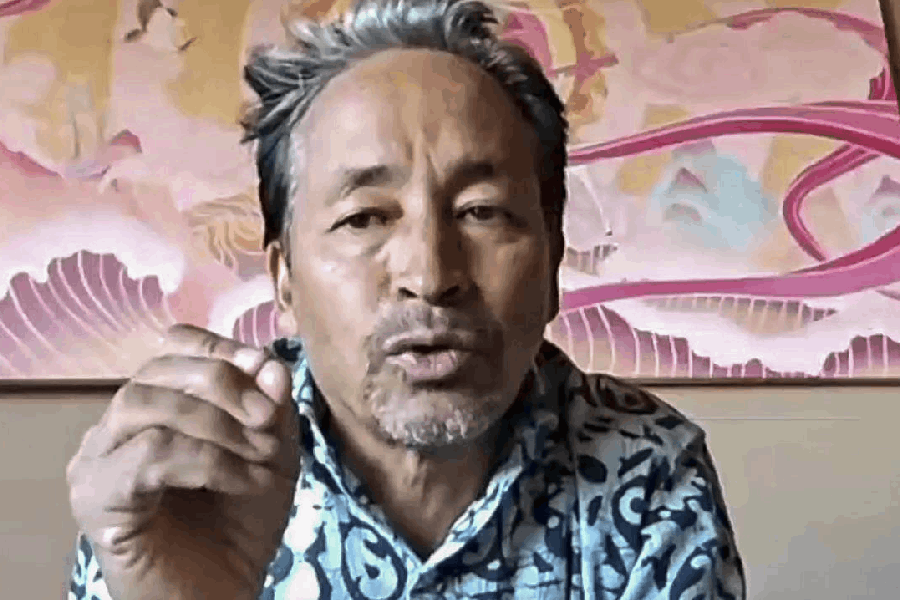Now Reading: “Can’t Escape Reality” — Jaishankar Pushes for a Global Workforce, Hints at U.S. Policy Flaws
-
01
“Can’t Escape Reality” — Jaishankar Pushes for a Global Workforce, Hints at U.S. Policy Flaws
“Can’t Escape Reality” — Jaishankar Pushes for a Global Workforce, Hints at U.S. Policy Flaws
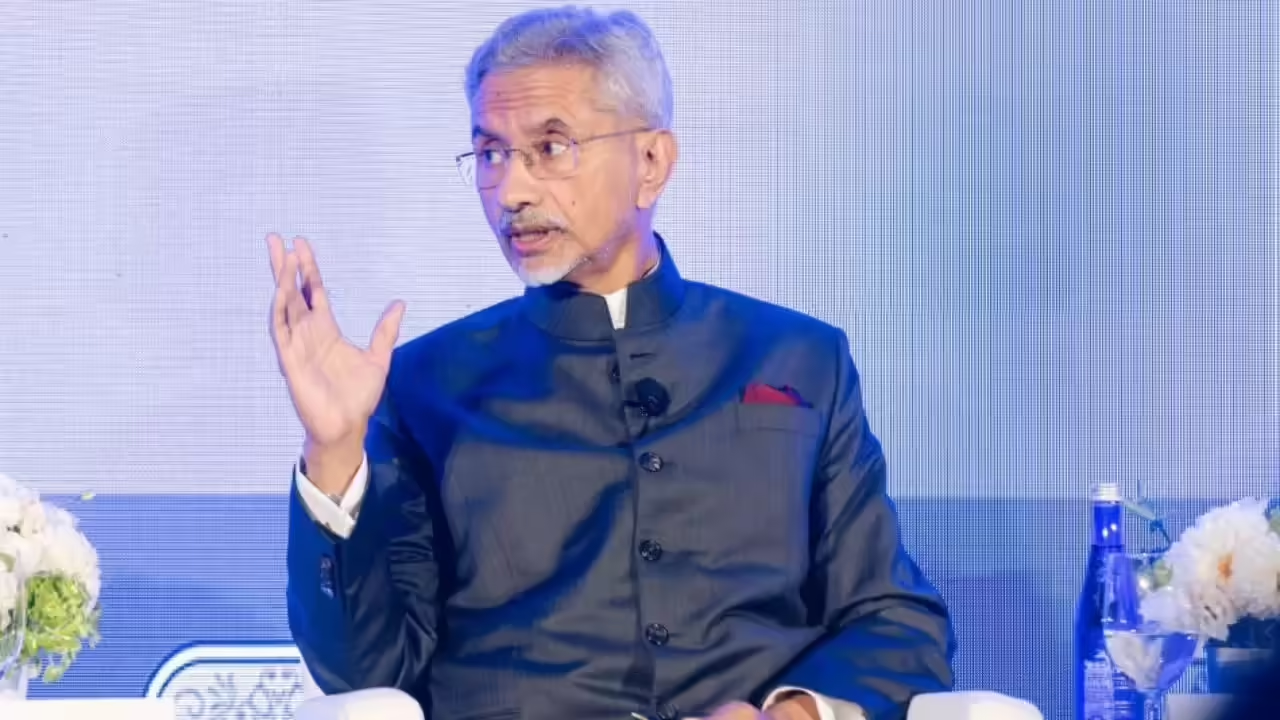
India’s External Affairs Minister recently delivered a pointed message suggesting that no country can realistically meet all labor needs from within its own borders. In remarks widely taken as a veiled critique of U.S. immigration restrictions, he argued the world must accept a distributed, global workforce. His words carry weight not just in Delhi but in cities across India where skilled workers increasingly eye global opportunities.
The message and its context
At a public forum in New Delhi, the minister asserted that countries imposing strict immigration curbs overlook the fact that demographic and economic demands often outstrip native capacities. He emphasized the need for policies that acknowledge the inevitability of cross-border labor flow in a fast-evolving global economy.
While he did not name specific policies or nations, his comments arrived shortly after proposals to hike H-1B visa fees in the U.S.—a move widely seen as aimed at deterring foreign talent. The timing of his speech suggests he intended to highlight how such proposals may ignore structural realities.
Why it resonates with India
India is a major source of global talent, particularly in technology, medicine, and engineering. Many professionals from Tier-2 and Tier-3 cities already look abroad for career opportunities, driven by higher pay, better infrastructure, or more flexible environments.
These workers don’t just remittances—they carry reputation, innovation, and influence back home. When global policies discourage mobility, it could signal fewer chances abroad or increased uncertainty. Indian students and early professionals may feel the pinch first.
Risks and pushbacks
While advocating global mobility sounds progressive, it also raises concerns. Critics worry about brain drain—losing talented professionals to richer economies. For sectors in India already struggling with staffing, this could exacerbate shortages.
On the flip side, nations tightening immigration may argue they must protect their domestic workforce. Some policies aim to prioritize local employment or discourage foreign hires through fees and quotas. This tension between openness and protectionism is the core of the debate.
What Tier-2 readers should keep an eye on
If you live in a city like Nagpur, Bhopal, or Ludhiana and are considering overseas work, this shift in diplomatic stance matters. Watch how immigration rules evolve in countries you hope to work in. Pay attention to India’s foreign policy signals—when the government defends mobility, it may also negotiate more favorable regulations for Indian workers abroad.
Also, track sectors with high demand globally—IT, health care, data science. These are likely battlegrounds for visa rules. And in India, educational institutions and local governments may begin aligning curricula and incentives to prepare more workers for international roles.
Conclusion
The debate around global workforce mobility is no longer abstract—it intersects with real careers, migration flows, and national policies. By framing it as an undeniable reality, Jaishankar is nudging global powers to rethink rigid immigration models. For Indian workers in decades to come, the question won’t just be “Can I work abroad?” but “Under what conditions and how fairly?”








